The Great Italian Chili Conundrum: Spicing Up a Classic Comfort Dish!
Table of Contents
- Introduction: The Unexpected Fusion
- Italian Cuisine Meets Chili – A Match Made in Flavor Heaven?
- Essential Ingredients for an Italian-Style Chili
- Pro Tips: Elevating Your Chili from Basic to Breathtaking
- Spice Level Guide: From Dolce Vita to Fiery Fiesta
- Serving Suggestions & Presentation Perks
- A Brief History of Chili and Its Global Adaptations
- Vegetarian & Vegan Alternatives for Italian-Style Chili
- Storage, Reheating & Leftover Magic
- Conclusion: Spice, Simmer, Savor – That’s Italian Chili Done Right!
Introduction: The Unexpected Fusion
When you think of Italian cuisine, visions of pasta, risotto, and fresh herbs come to mind. But what happens when you marry that rustic charm with the hearty warmth of chili? You get something extraordinary – an Italian twist on a classic American dish.
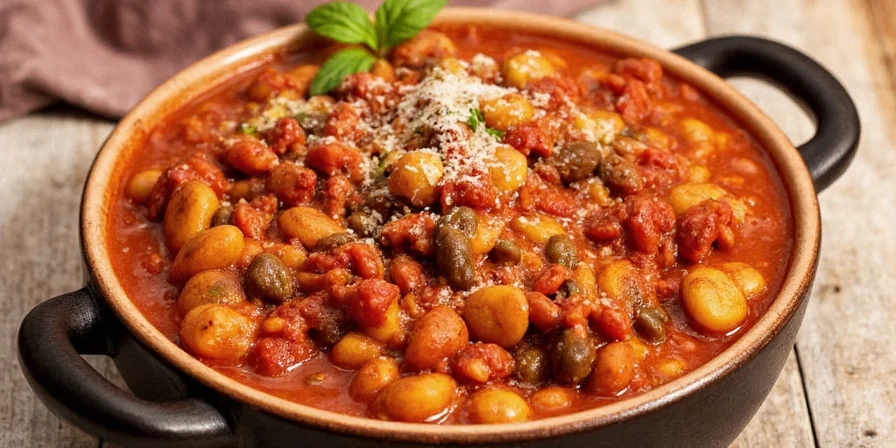
Italian Cuisine Meets Chili – A Match Made in Flavor Heaven?
While chili may be rooted in Tex-Mex tradition, its versatility allows it to absorb influences like a culinary sponge. By infusing Mediterranean herbs, rich tomatoes, and olive oil into the mix, you transform this humble dish into a flavor-packed masterpiece.
But don’t worry, purists! This isn’t about replacing anything; it’s about enhancing the experience with global spice traditions. Let’s dive into how to make this spicy love affair happen in your kitchen.
Essential Ingredients for an Italian-Style Chili
Here's what you’ll need to create a base that sings with both Italian flair and chili soul:
- Ground beef or plant-based alternative (or both!)
- Canned crushed tomatoes or San Marzano if you’re feeling fancy
- Onion, garlic, bell peppers – because veggies are friends
- Kidney beans (optional for Italian twist, but welcome!)
- Red wine – not for drinking, unless it slips in accidentally 😄
- Dried oregano, basil, thyme – classic Italian herbs
- A dash of chili flakes for heat
- Olive oil – because butter is just too French here

Pro Tips: Elevating Your Chili from Basic to Breathtaking
Ready to impress your taste buds and guests? Here’s how:
- Browning the meat: Don’t rush it! Let those edges get nice and crispy for depth of flavor.
- Sweat the aromatics: Cook onions, garlic, and peppers low and slow before adding the rest – it brings out their natural sweetness.
- Simmer time: At least 30 minutes after everything’s added. Longer? Better! Overnight? Perfect.
- Add wine last: Deglaze the pot with a splash of red wine after browning meat – adds complexity and depth.
- Resting period: Letting it sit overnight lets flavors meld like a well-rehearsed symphony.
Spice Level Guide: From Dolce Vita to Fiery Fiesta
If you're wondering how to balance traditional Italian flavor with chili’s punch, here’s a handy table to guide your spice journey:
| Spice Level | Heat (Scoville Units) | Italian Twist Recommendation | Recommended Use |
|---|---|---|---|
| Mild | 500–1,000 | Paprika + a pinch of chili flakes | Family-friendly dinners |
| Medium | 2,500–5,000 | Crushed red pepper + cayenne | Tailgate parties or cozy nights |
| Hot | 10,000–30,000 | Fresh jalapeños + habanero powder | Chili cook-offs or adventurous eaters |
| Fiery | 50,000+ | Ghost pepper infusion | For the brave and bold only! |
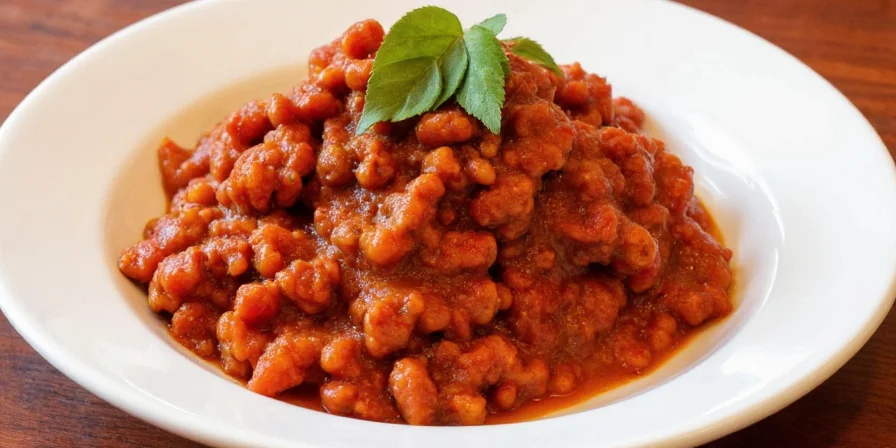
Serving Suggestions & Presentation Perks
Your Italian chili deserves a stage worthy of its performance. Try these serving ideas:
- Top with fresh herbs: Parsley or basil for a bright finish
- Crispy polenta squares: Swap tortilla chips for a rustic touch
- Drizzle of extra virgin olive oil: Adds silkiness and a pop of green
- Grated Parmesan: Because cheese makes everything better
- Crusty bread roll: For soaking up every last drop
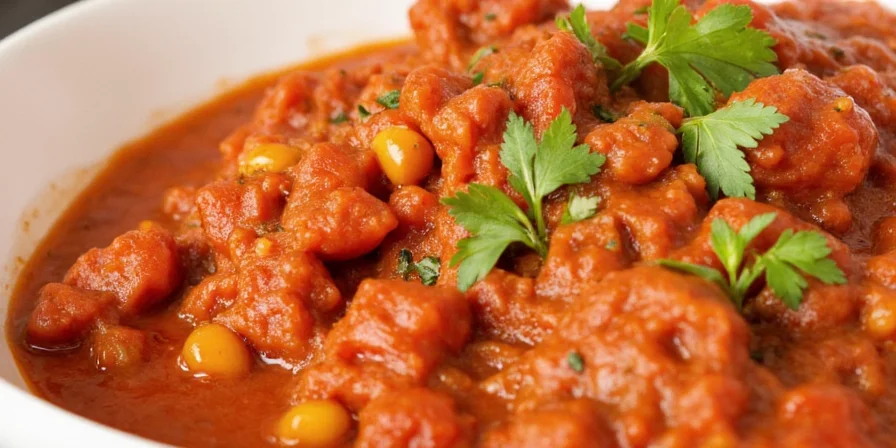
A Brief History of Chili and Its Global Adaptations
Chili con carne has roots in Texas, influenced by Mexican flavors. Over time, it became an American staple, often found at football games and family gatherings. But as the world got smaller, so did culinary borders.
From German beer-infused chilis to Japanese miso versions, each culture has embraced the chili concept while adding its own unique identity. Italy, with its deep love for tomato-based dishes, is no exception. In fact, swapping cumin for oregano might just be one of the most delicious reinterpretations yet.
Vegetarian & Vegan Alternatives for Italian-Style Chili
Don't eat meat? No worries! Here’s how to go plant-based without losing the Italian heart:
- Substitute meat with: Lentils, mushrooms, jackfruit, or Beyond Meat crumbles
- Use vegetable broth instead of beef stock
- Add roasted eggplant for richness
- Vegan Parmesan (nutritional yeast-based) to finish
You won’t miss the meat – promise.
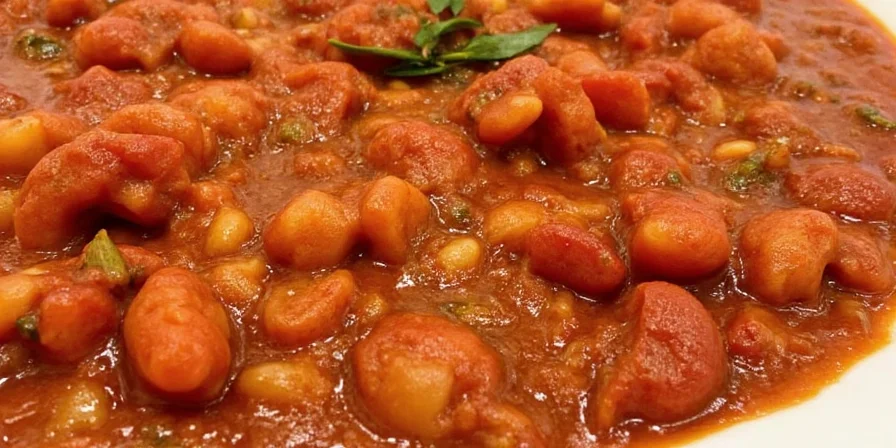
Storage, Reheating & Leftover Magic
Chili gets better with age – so store it like a champ:
- Refrigeration: Lasts up to 4 days in an airtight container
- Freezing: Freeze in portions for up to 3 months
- Reheating tip: Add a splash of water or broth to loosen it up
- Leftover hack: Turn into stuffed bell peppers or a pasta sauce
Conclusion: Spice, Simmer, Savor – That’s Italian Chili Done Right!
Who knew that blending two worlds – Tex-Mex comfort food and Italian rustic charm – could create something so unexpectedly perfect? Whether you're a seasoned chef or a curious home cook, this recipe offers endless possibilities for creativity and flavor exploration.
So next time you’re craving something hearty but want to jazz it up, reach for those Italian spices and give your chili a taste of la dolce vita. Buon appetito!

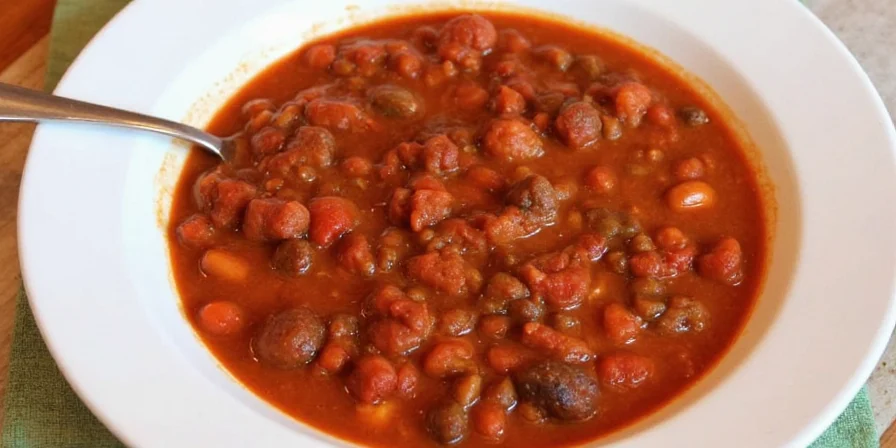









 浙公网安备
33010002000092号
浙公网安备
33010002000092号 浙B2-20120091-4
浙B2-20120091-4